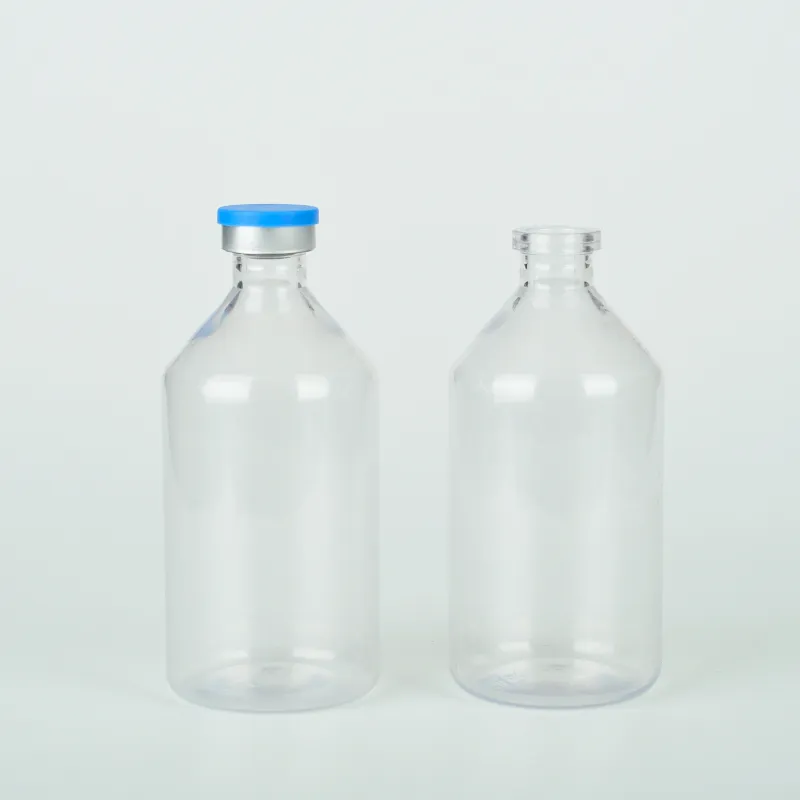https://www.wahmg.com/)">
red sample tube
red sample tube
Understanding the Importance of Red Sample Tubes in Laboratory Settings
In the realm of medical laboratories, the importance of sample collection and processing cannot be overstated. Various sectors within healthcare rely heavily on accurate and timely laboratory results to inform diagnosis, treatment, and management of patients. One essential tool in this process is the red sample tube, a staple of phlebotomy and blood collection procedures.
Red sample tubes are often used for serum collection, making them vital for numerous tests conducted in clinical laboratories. Designed specifically for the separation of serum from blood, these tubes play a crucial role in obtaining accurate laboratory results. Unlike other colored tubes, which may contain additives such as anticoagulants or gel for specific tests, red sample tubes are typically devoid of such elements. This feature enables them to facilitate the natural clotting process, allowing the serum to be easily separated for analysis.
The design of red sample tubes is not just a matter of aesthetic choice; it serves a functional purpose. These tubes are usually made of glass or plastic, both of which offer durability and inertness, ensuring that the blood samples remain uncontaminated during the collection and storage process. Moreover, they are often equipped with a screw-top or a stopper that enhances the seal, preventing any spillage or contamination, which is critical in maintaining sample integrity.
red sample tube

Using red sample tubes enables laboratories to conduct a variety of tests that require serum, including biochemical panels, liver function tests, and lipid panels. The serum in these tubes contains vital biochemical constituents, such as enzymes, hormones, and electrolytes, which are essential for diagnosing different medical conditions. For instance, elevated liver enzymes detected in serum collected in red tubes can indicate liver damage or disease, guiding physicians in their clinical decisions.
However, it is essential for healthcare professionals to ensure proper handling and processing of these tubes. After blood collection, the tubes should be allowed to clot at room temperature for a specified period, generally around 30 minutes. Following this, they are centrifuged to separate the serum from the clot. This process must be executed with precision to avoid hemolysis or contamination, which can compromise test results.
In conclusion, red sample tubes are an indispensable component of laboratory medicine, serving as the conduit through which critical patient information flows. Their role in serum collection ensures accurate diagnostic testing, which is paramount in patient care. As technology evolves, so too may the design and usage of these tubes, yet their fundamental purpose remains to provide reliable and quality samples that advance medical science and patient outcomes. Understanding the functionalities of red sample tubes and adhering to best practices in their use is essential for any medical professional involved in laboratory diagnostics.
-
Wholesale Plastic Juice Bottles with Caps 16 oz Options Available Bulk Packaging SolutionsNewsJun.10,2025
-
Laboratory Apparatus Reagent Bottle – Durable & Chemical Resistant Bottles for Safe StorageNewsJun.10,2025
-
Squeezable Dropper Bottles Durable, Leak-Proof & CustomizableNewsMay.30,2025
-
Affordable Plastic Petri Plates Sterile & Disposable Lab-GradeNewsMay.30,2025
-
Eye Dropper Caps Precision 24/410 & Plastic Bottle-Compatible TipsNewsMay.30,2025
-
Affordable Mini Spray Bottle Price & Wholesale Deals Shop NowNewsMay.29,2025





















